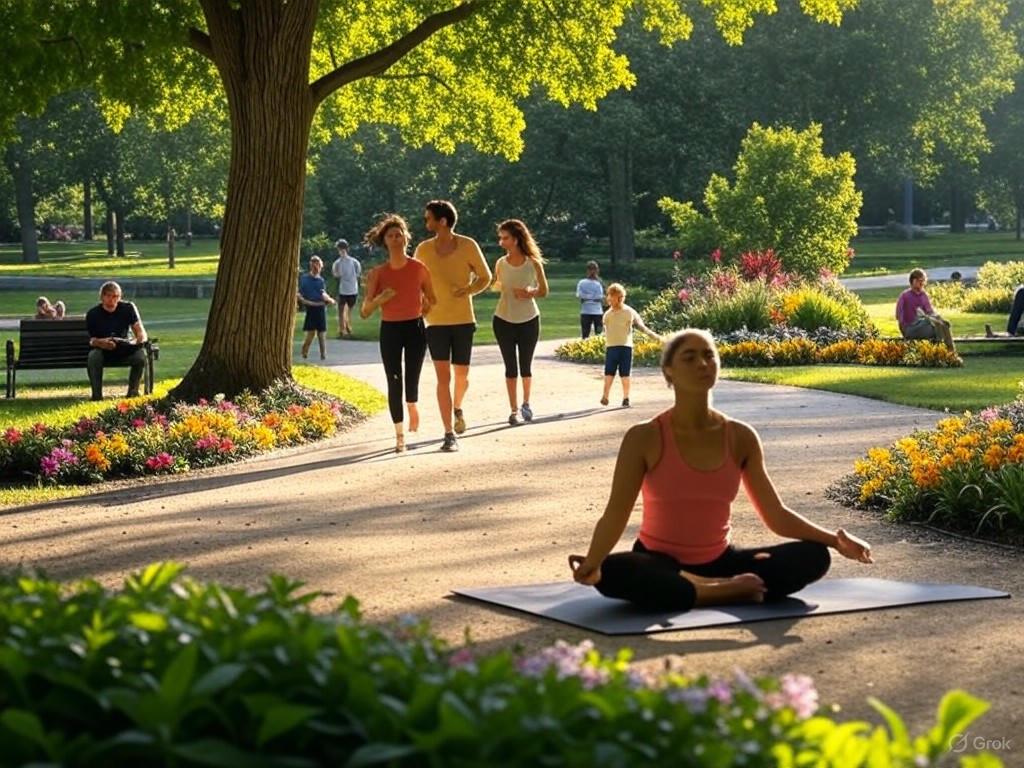Outdoor spaces are not just patches of green or community hangouts. During the COVID-19 pandemic, they evolved into critical mental health havens. Research conducted by Oregon State University reveals this significant role, stating that open-air environments foster profound psychological wellness [1].
Traditional viewpoints often categorize parks and trails as luxury. However, recent insights urge that they should be deemed more critical, similar to hospitals or pharmacies. Urban landscapes, rich with parks and trails, offer more than scenic views; they are therapeutic grounds contributing positively to mental health [2]. Research demonstrates a direct correlation between access to such spaces and reduced stress and depression. This recognition of outdoor spaces as a part of vital health infrastructure marks a paradigm shift in urban planning and public health policy [3].
The findings by OSU's HEAL research lab delve deeper, showing how limiting access during emergencies such as the pandemic intensified stress among individuals. People engaged in nearby recreation, like gardening and walking, provided them with much-needed sanity. Notably, 68% of survey respondents acknowledged these activities as their go-to means during the pandemic [1]. This extensive usage underscores the importance of ensuring accessibility to such spaces, especially in crowded urban areas with scarce greenery [2].
Furthering this narrative, green spaces within urban areas help mitigate mental health disparities. They provide an equalizing ground where community members, irrespective of socioeconomic statuses, can access nature's healing embrace. However, the existing structural inequity in available outdoor recreation opportunities points towards significant policy gaps. During the pandemic, minority communities faced more considerable barriers, further highlighting these inequities [3]. Inclusive urban planning must consider these disparities to ensure equitable health benefits for all.
Interestingly, green infrastructure, from parks to urban greenways, also facilitates social interactions, promoting community cohesion - another critical component of mental health [2]. Areas abundant in green space allow for social activities, contributing to an enhanced sense of community [3].
In summary, transforming urban green spaces from optional to essential could reshape how we approach health policies globally. This consideration comes not just from an enjoyment perspective but from a public health standpoint.
References:
1. Oregon State University's HEAL Lab's [research on outdoor spaces]
2. Detailed findings published by OregonLive regarding the necessity of parks
3. Z100 Portland discusses the societal benefits of parks as essential health infrastructure







